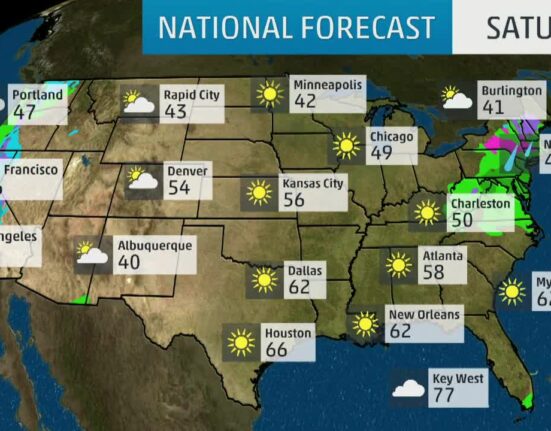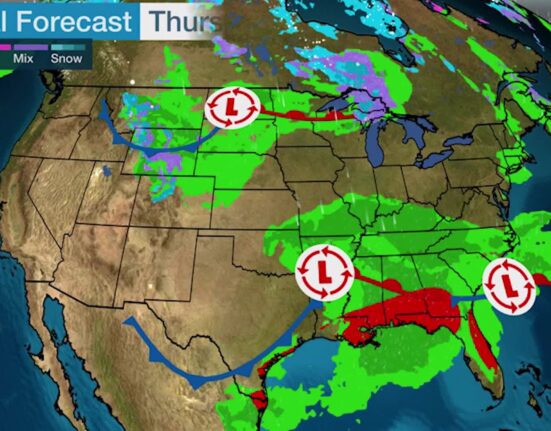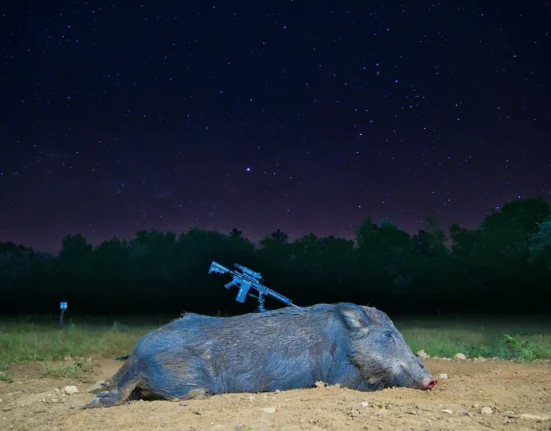As winter approaches, the residents of New South Wales are bracing themselves for an unusual season ahead. While many might anticipate chilly days and frosty nights during this time of year, meteorological forecasts suggest a different scenario for the region.
According to Bureau of Meteorology climatologist Caitlin Minney, NSW is likely to experience a winter that is warmer than average. In fact, Minney predicts that both daytime and nighttime temperatures will be higher than the typical range recorded between 1981-2018.
“Warmer than normal conditions should be expected across most of Australia,”
highlighted Andrew King, an associate professor in climate science at the University of Melbourne. He emphasized how these weather patterns are now defined against a backdrop where the norm itself has shifted due to ongoing climate change.
With respect to rainfall, parts of western NSW, the Northern Rivers, and North Coast have a high probability of experiencing above-average precipitation levels. Meanwhile, regions like Sydney, the South Coast, and the Mid North Coast are looking at a more neutral outlook in terms of rainfall predictions.
Minney specifically mentioned that there’s around a 55% chance of above-average rainfall in Sydney. This forecast hints at a wetter winter rather than one dominated by cold temperatures. As she aptly stated,
“NSW residents should brace more for mould than cold.”
The Snowy Mountains region faces uncertainties as warm weather blurs the lines between rain and snowfall. Olivier Kapetanakos from Jindabyne Chamber of Commerce expressed concerns over climate change impacting snow seasons adversely:
“The region is vulnerable… poor ski seasons have become recurrent.”
Looking back at recent weather events leading up to winter paints a vivid picture – cyclones hitting Brisbane and floods ravaging parts of NSW indicate extreme weather fluctuations. The drought-stricken inland areas face challenges with uncertain timelines on when relief may arrive.
Internationally too, climate anomalies have been observed – wildfires in Scotland during spring or thawing glaciers causing havoc in Switzerland underscore the global impact of changing weather patterns.
As experts caution about heightened bushfire risks intensifying in certain Australian states due to expected warm conditions coupled with increased moisture levels from rainfalls; preparations become crucial for communities vulnerable to such disasters.
In regions expecting heat and wetness like Victoria and South Australia mold becomes another concern besides bushfires. Goran Surbevski from Alliance Climate Control suggests practical solutions such as running air-conditioners on dry mode or using dehumidifiers during damp days.
Businesses reliant on snow tourism fear another lackluster winter season ahead amidst shifting climate trends affecting traditional snowfall patterns. Olivier Kapetanakos lamented how past years felt like navigating through various environmental challenges ranging from bushfires to floods alongside economic repercussions like those brought about by COVID-19 impacts.
While acknowledging long-term threats posed by climate change on industries like skiing in Australia; experts remind us that seasonal forecasts cannot precisely predict localized effects such as snow conditions which hinge not only on temperature but also whether precipitation falls as snow or rain unpredictably altering outcomes even within limited geographical areas.









Leave feedback about this